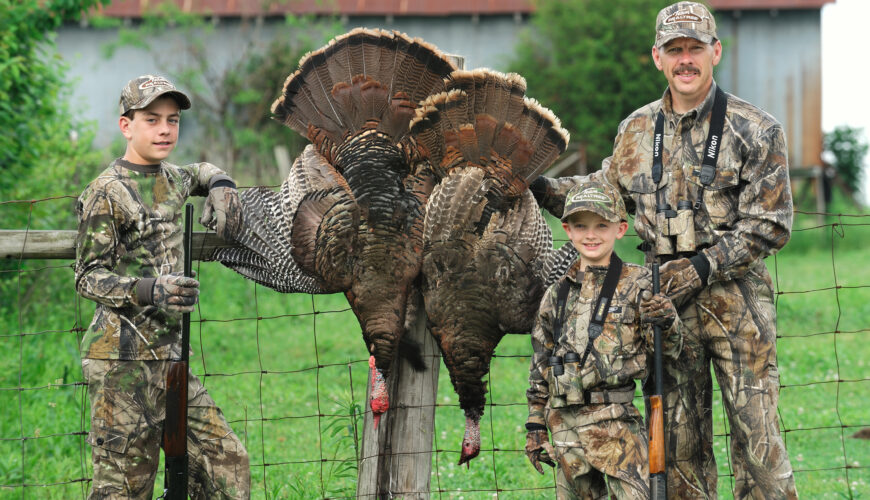News
Virginia Sportsmen, Gun Owners Urged to Vote
November 3, 2025 •iSportsman Staff
DST Ends November 2, 2025. The iSportsman system may experience technical difficulties at this time. View system updates here.
April 21, 2025
A new series of reports confirms what most sportsmen and women already know—hunting, target shooting, and recreational fishing aren’t just a way of life; they’re a massive force in the American economy. According to updated research by Southwick Associates, Americans spent a staggering $206 billion on these outdoor pursuits, supporting nearly 2.5 million jobs and injecting critical dollars into local communities and conservation programs across the country.
Commissioned by the American Sportfishing Association and the Sportsmen’s Alliance Foundation, the studies draw from the 2022 U.S. Fish and Wildlife Service’s National Survey of Fishing, Hunting, and Wildlife-Associated Recreation. Using advanced GIS mapping tools, the reports break down economic contributions to the federal, state, and even congressional district levels.
“Recreational fishing, hunting, and target shooting are an escape for many, but are the workday for many others,” said Rob Southwick, President of Southwick Associates. “Actions that impede Americans from enjoying these national pastimes or help to expand opportunity will be felt in all corners of the U.S. economy.”
Aside from retail spending and job creation, these activities are cornerstone contributors to conservation. Excise taxes on gear, ammunition, and license sales—funneled through programs like the Pittman-Robertson and Dingell-Johnson Acts—provide billions annually to fund wildlife management, habitat restoration, and public access initiatives.
The reports come at a time when policymakers are weighing proposals that could either enhance or hinder access to public lands and traditional outdoor activities. With data broken out by congressional district, the findings offer powerful ammunition for industry advocates and conservation organizations seeking to defend America’s outdoor heritage.
“This data gives us the hard numbers to back what hunters and anglers have always known—our way of life benefits everyone,” said a representative from the Sportsmen’s Alliance Foundation. “From rural towns to Capitol Hill, this is a message that resonates.”
Funding for the project came via a Multistate Conservation Grant administered by the U.S. Fish and Wildlife Service and the Association of Fish and Wildlife Agencies.
Infographics and full report downloads are available on the American Sportfishing Association and Sportsmen’s Alliance Foundation websites.
